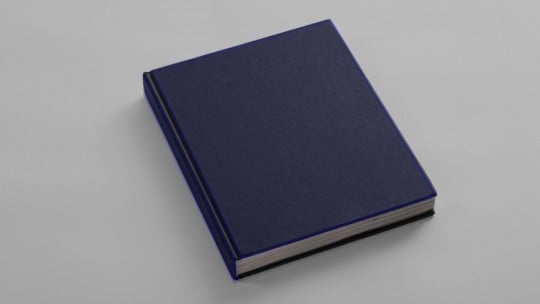History Behind Vinyl Records
History Behind Vinyl Records
Vinyl
There is probably no way one could imagine not being able to get any song at any time with the push of one finger. With today’s innovative world of technology, one can have access to any song, and all the music that covers the globe, right at their fingertips by way of subscription-based streaming. Therefore, some may wonder how and why in the world, would anyone want a vinyl record, and even more so, how could vinyl records actually be making a comeback. Well, it is quite simple for the ones out there who are audio enthusiasts and collectors of vinyl records as Alexander Djerassi is a collector. Many collectors pay a lot of money just for one record, and there is something extra special about not having the best in quality with the scratchiness and popping sound of that old vinyl. Perhaps it is the simple love of having a moment of nostalgia. However, from vinyl to streaming there is a lot of history. And, one would have to go back to see just how vinyl records came to be in order to have an appreciation for where one is today in regards to the sound of music. So, let’s take a look at the history behind vinyl records.
History
It all started with the phonautograph. In 1857 the phonautograph was invented by Edouard Leon Scott. Edouard Leon Scott was a French inventor who was interested in getting a better understanding of sound and how it works. With this device, sound would be represented graphically onto paper that were small discs by way of a vibrating pen. However, in 1878 Thomas Edison took the phonautograph a step further by creating a way to hear music by using a stylus. The stylus would cut grooves into tinfoil. This enabled sound to be recorded and then played back.
Next, it is important to note that while the phonautograph was being invented in 1857 a decade later a vital part of the vinyl history was invented. Yes, in 1867, the gramophone was invented by Emile Berliner, a German born US citizen. The gramophone is the first actual record player as it played rubber discs that were seven inches. It was operated by hand. Later in 1901 a record player called the Red Seal was released by the Victor Company. The Red Seal played vinyl records that were ten inches.
Continuing to move along, or one may say leap forward to 1948 when the 33 1/3 RPM was released by Columbia Records. This is the next step in the history behind vinyl records. The 33 1/3 RPM was made from polyvinyl chloride or PVC as it is referred to. The grooves in the vinyl have the recorded sound and as the record spins needle runs on the grooves. This passes the information or sound to the electromagnetic head.
Fast forward again to 1982 when Sony invented the compact disc (or CD as it is most commonly referred). This basically made the beloved vinyl record obsolete except for collectors like Alexander Djerassi.

